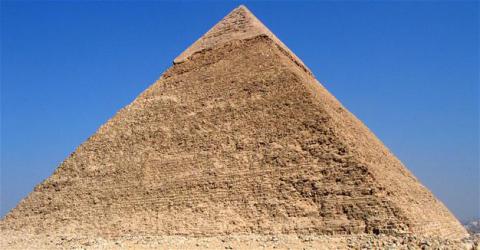High tech to unlock ancient mysteries

From the Giza pyramids to the pharaonic tombs of Luxor, Egypt's ancient monuments are holding onto mysteries which researchers now aim to unravel with cutting edge technology.
For more than 200 years since Napoleon Bonaparte landed in Egypt with a retinue of scholars who laid the groundwork for modern Egyptology, experts have used science to unlock the secrets of the country's ancient treasures.
In the 21st century, the scientists have been using electronic devices and chemical testing to date artefacts. Chemical testing still requires small samples, but advanced techniques coming into use are meant to be non-invasive so as not to damage the ancient relics.
ScanPyramids is among the most ambitious of the projects to demystify the Khufu Pyramid near Cairo, the only surviving monument from the ancient Seven Wonders of the World.
It has employed infrared thermography and muography, a technique that records images using muon particles, in its quest.
The project had announced last October that the massive pyramid may contain undiscovered recesses.
"All the devices we put in place are designed to find where the cavity is located. We know there is one, but we're trying to find out where," said Mehdi Tayoubi, president of the HIP Institute heading the ScanPyramids project.
The muon devices include chemical emulsion instruments from Japan's University of Nagoya, electronic sensors from the KEK Japanese Research Laboratory, and muon telescopes from the French Atomic Energy Commission. The results are then compared with infrared and 3D images.
Some archaeologists have pinned hopes on the sophisticated technology to locate the burial place of the legendary queen Nefertiti.
The wife of King Akhenaten...
- Log in to post comments










